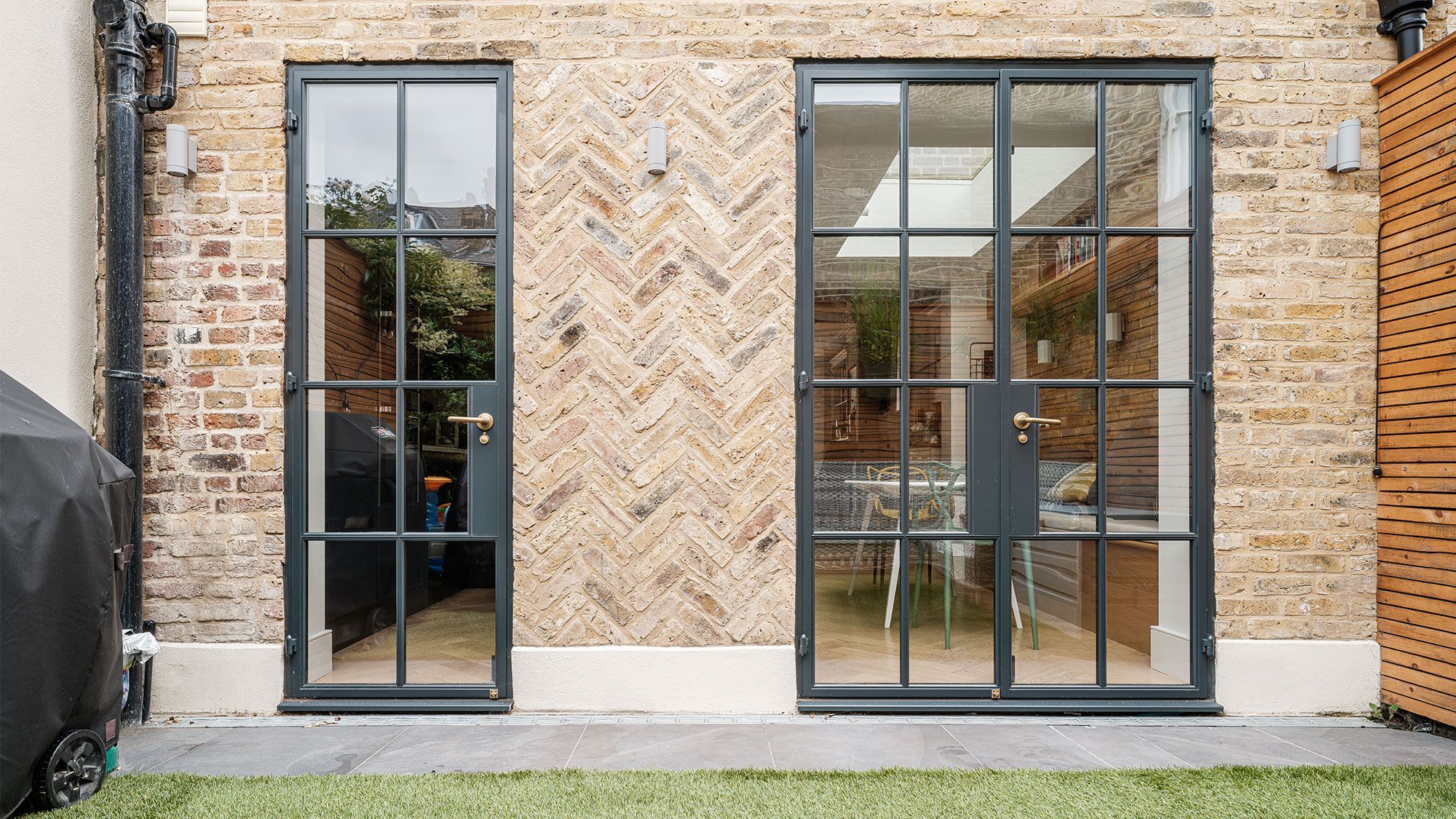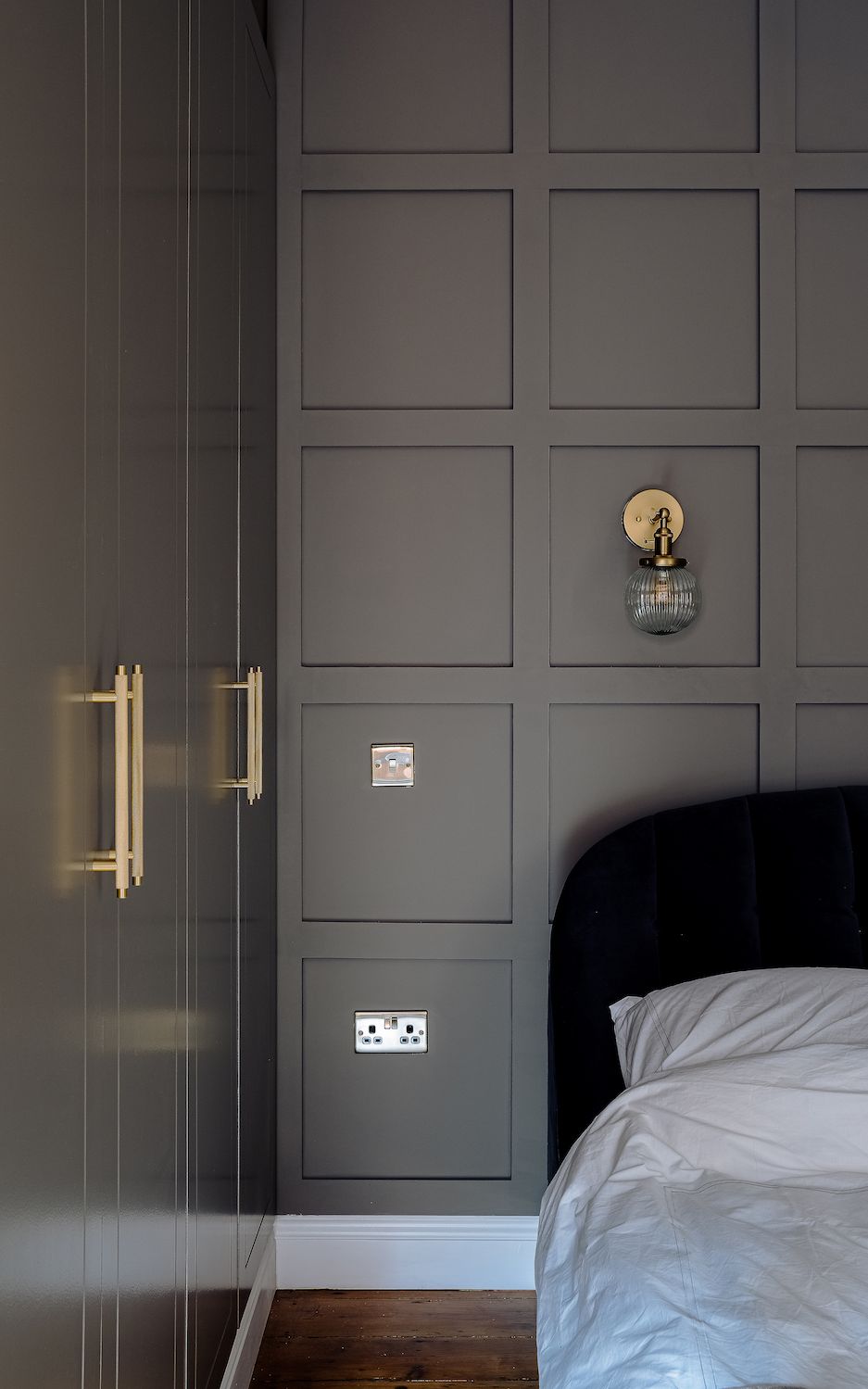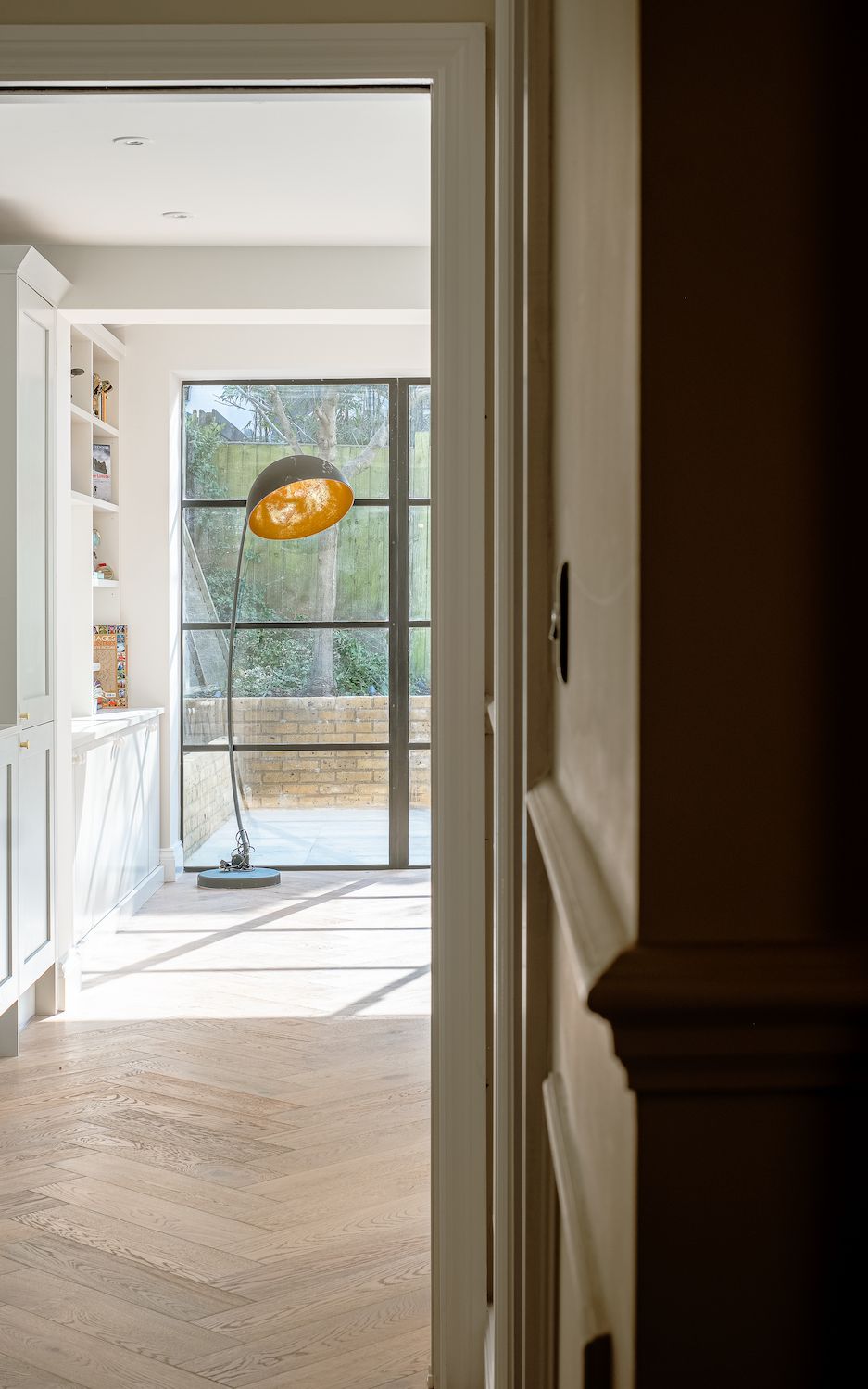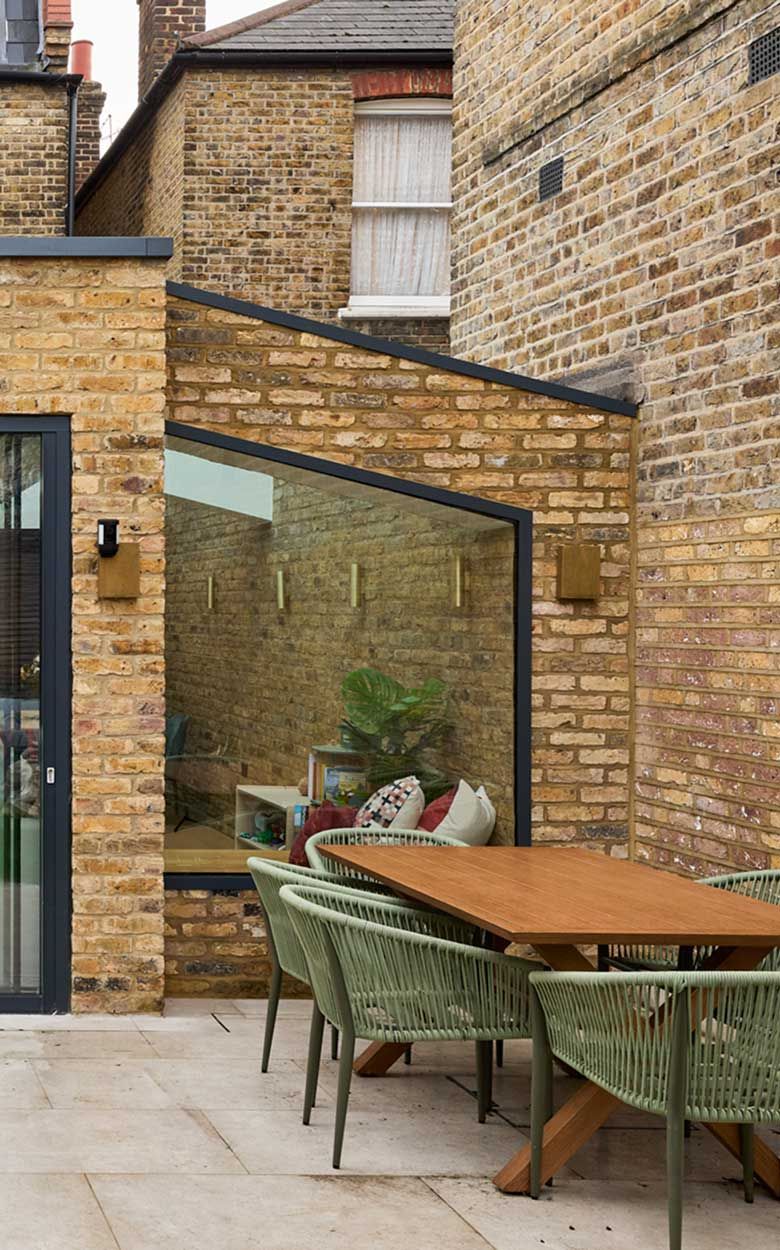You can build an extension without Planning Permission, but before you dig those foundations, read our Blog below for the Do's and Don'ts... As a homeowner, your permitted development rights may allow you to build an extension to your home without planning permission. Whether you are designing a loft conversion in Clapham, or a rear extension in Putney, this post will outline the requirements needed to be met to build an extension without planning permission.

First of all, you need to be the sole owner of a house. Permitted Development does not apply to flats or maisonettes.
Rear Extensions
I want to build a single storey rear extension without planning permission. What is the maximum size and are there other restrictions?
4 metres in height (3 metres if within 2 metres of the boundary) and no higher than the highest part of the existing roof.
3 metres in depth from the rear wall of the original house (4 metres if a detached house).
No more than 50% of the original garden .
Materials must be similar in appearance to the existing house.
Loft Conversions
I want to build a loft conversion without planning permission. What is the maximum size and are there other restrictions?
40 cubic metres for terraced houses (including existing roof extensions).
50 cubic metres for detached and semi-detached houses (including existing roof extensions).
The extension must be lower than the existing roof ridge.
Materials to be similar in appearance to the existing house .
No Verandas, balconies or raised platforms are permitted.
Side-facing windows must be obscure glazed and non-opening unless the parts which can be opened are more than 1.7 metres above the floor of the room in which it is installed.
Roof extensions to be set back at least 20cm from the original eaves.
For further information regarding permitted development guidelines, see link below to the planning portal:
Lawful Development Certificate
Before extending your home, it is worth gaining confirmation from the council that your development meets the criteria for Permitted Development. An architect can help you prepare a basic submission for a Lawful Development Certificate, including existing drawings, a site plan and proposed drawings. There are some advantages of submitting a Lawful Development Certficate rather than a Full Planning Application:
The cost of the application is half that of a full planning application (approximately £130).
The timescales for a decision from your local authority is usually 8 weeks
The council's planning department cannot view the proposals subjectively, so must simply check that you meet the criteria listed above. See below link for technical guidance:
A Lawful Development Certificate will give you peace of mind that your project falls under permitted development. The certificate will also help to legitimise the work carried out when / if you come to sell the property.
Prior Approval for a Proposed Larger Home Extension
If you are planning a larger rear extension, this is possible under the Neighbour Consulation Scheme.
Generally the restrictions are the same but the depth of a rear extension can be doubled i.e. 6m from the rear wall of the original house (8m if a detached house).
In order to achieve a larger home extension, you must notify the local authority, in a similar way to the Lawful Development Certificate Application. The process takes a maximum of 42 days and is outlined below:
Prior Approval Application Submission
The local authority will then serve a notice on your neighbours.
Your neighbours will then have a minimum of 21 days to object.
If there are no objections than the development will be approved
If any neighbour raises an objection within the 21-day period, the council will take note and make a decision as to whether the impact on the amenity of all adjoining properties is acceptable. No other issues will be considered.
Designated Land
Permitted Development and the Neighbour Consulation Scheme is also restricted on Designated land, which includes Conservation Areas, Areas of Outstanding Natural Beauty, and World Heritage Sites. To find out whether your property falls on Designated Land, check on your Local Authority's website.
South West London Local Authorities:
Wandsworth http://www.wandsworth.gov.uk/
Lambeth http://www.lambeth.gov.uk
Hammersmith and Fulham https://www.lbhf.gov.uk
Richmond https://www.richmond.gov.uk/
Kingston https://www.kingston.gov.uk/
Merton https://www.merton.gov.uk/
Sutton https://www.sutton.gov.uk/
Croydon https://www.croydon.gov.uk/


